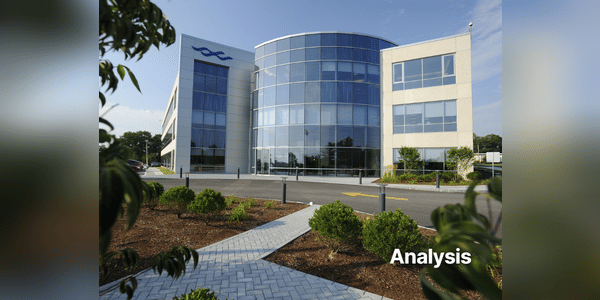After a rapid rise in share price in 2021 and 2022, the company is now trading 56% below its absolute peak. What's behind the company's fall of more than half in a single year, and how is its pharma business faring?

Charles River Laboratories was founded in 1947. It specializes in providing contract research and development services for new drugs. The company is headquartered in the state of Massachusetts, USA. The company focuses on supporting the pharmaceutical, biotechnology and government sectors in their efforts to develop new drugs and treatments.
The company provides a wide range of services, including preclinical research, where it conducts toxicological, pharmacological and pharmacokinetic tests necessary for the development of new drugs. In addition, it is one of the world's largest suppliers of laboratory animals, primarily rodents, used in research. It also offers biological testing, including safety and efficacy testing of biological products such as vaccines and monoclonal…